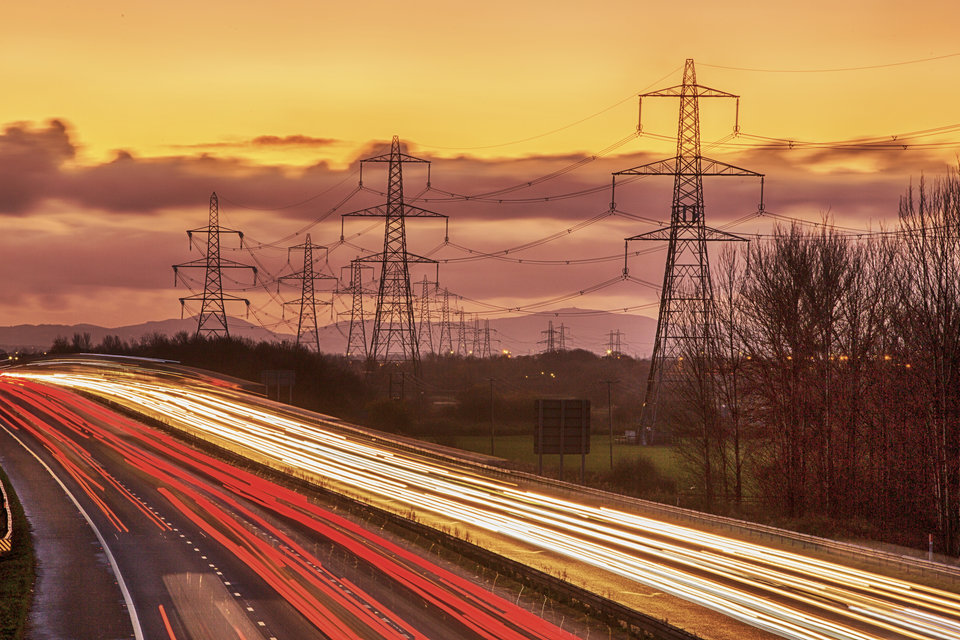Exploratory assessment of vehicle-to-grid (V2G) technology and factors impacting its intended adoption
Jerico Bakhuis & Natalia Barbour

Exploratory assessment of vehicle-to-grid (V2G) technology and factors impacting its intended adoption.
In an effort to limit climate change, aligned with the 2015 Paris Climate Agreement (UNCCC, 2015), the European Union has committed to “a 55% reduction in greenhouse gas emissions by 2030 compared to 1990 levels” (European Commission, 2020). A key building block of the EU’s energy and climate objectives is the increase of renewable energy across different (energy-demanding) sectors of the European economy (European Environment Agency, 2017). Furthermore, since the transport sector accounts for approximately 23% of total energy-related CO2 emissions (Sims et al., 2014; Robinius et al. 2017), recently proposed European legislation sets targets to cut CO2 emissions from cars by 55% by 2030. To reach this goal, Electric Drive Vehicles (EDVs) are being stimulated as one of the most promising technologies to reach this goal of reducing GHG emissions of the transport sector (Klimaatakkoord, 2022; Rijksoverheid, 2022).
The large-scale implementation of EDVs in combination with an increasing share of intermittent renewable energy sources causes challenges in the electricity grid, mainly related to overloading (local) grids (Bibak & Tekiner-Moğulkoç, 2021). Vehicle-to-grid (V2G) has been proposed as an efficient and flexible integrated transport and electricity; Fundamentally, it describes a system in which EDVs provide demand response services to the grid to manage load variations (Robledo et al., 2018). This can either be done uni-directionally, by reducing charge rates to pull less power from the grid, or bi-directionally, by sending (or returning) some of the stored power to the grid.
A review of the V2G literature indicates that the vast majority of peer-reviewed V2G studies focus on technical aspects and past studies identified a lack of the consumer acceptance perspective (Savocool, 2017; 2018). This research addresses this gap by studying V2G adoption in the Netherlands as an attempt uncover potential adopters’ behaviour towards V2G (i.e., important attributes) relating to socio-technical elements. In order to perform this study, we will conduct a choice-based stated preference survey to model consumer preference and uncover the factors that influence consumer adoption of V2G.
Given that V2G is still in the pilot phase in the Netherlands, there is limited (historical) data about the adoption of V2G. Stated choice methods provide a proven approach for exploring the attributes associated with technology acceptance and allow to explore the potential to scale up (Train, 2009). The proposed survey will ask the participants to compare several attributes (or product profiles), which will be determined by prior literature but will likely include variables such as price, time, convenience etc. These data will then be used to uncover users’ preferences in making V2G related choices.
References:
Bibak, B., & Tekiner-Moğulkoç, H. (2021). A comprehensive analysis of Vehicle to Grid (V2G) systems and scholarly literature on the application of such systems. Renewable Energy Focus, 36, 1-20.
Dekker, R., van Est, E., 2020. The convergence of electricity and digitalization in the Netherlands: Data governance as an emerging policy issue. TATuP 29(2), 31–7.
European Environment Agency. (2017). Renewable Energy in Europe (Tech. Rep. No. December). EEA. Retrieved from www.eea.europa.eu publications/renewable-energy-in-europe doi: 10.1016/0960-1481(94) 90358-1
European Commission (2020). Stepping up Europe’s 2030 climate ambition: Investing in a climate-neutral future for the benefit of our people. eur-lex.europa.eu/legal-content/EN/TXT/PDF/
Geels, F., Sovacool, B., Schwanen, T., Sorrell, S., 2017. Sociotechnical transitions for deep decarbonization. Science 357(6357), 1242–1244.
Klimaatakkoord. (2022). Afspraken voor mobiliteit.
www.klimaatakkoord.nl/mobiliteit
Markard, J., 2018. The next phase of the energy transition and its implications for research and policy. Nature Energy 3, 628–633.
Rijksoverheid. (2022). Maatregelen klimaatakkoord per sector.
Robinius, M., Otto, A., Heuser, P., Welder, L., Syranidis, K., Ryberg, D. S., ... & Stolten, D. (2017). Linking the power and transport sectors—Part 1: The principle of sector coupling. Energies, 10(7), 956.
Robledo, C. B., Oldenbroek, V., Abbruzzese, F., & van Wijk, A. J. (2018). Integrating a hydrogen fuel cell electric vehicle with vehicle-to-grid technology, photovoltaic power and a residential building. Applied energy, 215, 615-629.
Sovacool, B., Noel, L., Axsen, J., Kempton, W., 2017. The future Promise of vehicle-to-grid (V2G) integration: A sociotechnical review and research agenda. Annual Review of Environment and Resources 42, 377–406.
Sovacool, B., Noel, L., Axsen, J., Kempton, W., 2018. The neglected social dimensions to a vehicle-to-grid (V2G) transition: a critical and systematic review. Environmental Research Letters 13, 013001.
Train, K., 2009. Discrete choice methods with simulation, second edition. Cambridge University Press.